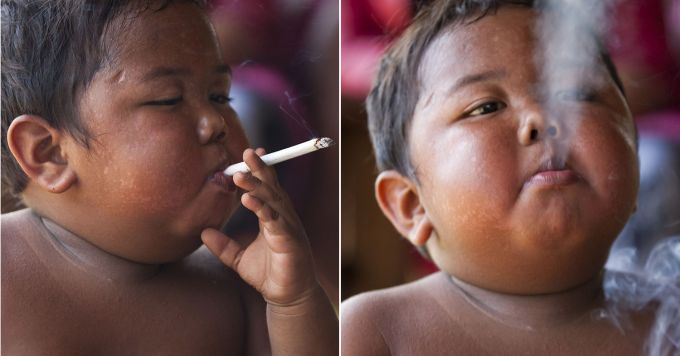School Age Children & Adolescents
Published .

At this point the school age child (age 6 – 12) and the adolescent (13 to 18) brain is working on both hemispheres. This age group can be extremely creative and extremely logical (both at the same time). School age children are constantly dealing with losing their baby teeth and dealing with the pain that comes from the formation of adult teeth. In the western world, it couldn’t seem like a worse time to deal with constant teeth problems. Some children around the world actually breastfeed until they are 10 years old. This fact provides some rationale for the promulgation of baby teeth at such a late age.
If a 10 year old were in fact still breast feeding, there would no doubt a lack of willingness to share this with their friends at school. School age children struggle with self esteem issues and are working hard to develop a sense of self-esteem.

As the school age child becomes an adolescent, they begin to experience rapid growth spurts. Growing is hard and painful work. The growth typically begins with the enlargement of the feet and hands, then the arms and legs. Finally, the truck and chest enlarge. Girls grow faster than boys as they reach full size generally by 16, boys will usually require a couple more years to reach their full size.
According the the American Heart Association, an adult (as far as treatment for cardiovascular disorders) is defined as age 8 or the presence of secondary sex characteristics.
Puberty is the time of life when a child develops, among other things, physical changes as they transition into adulthood. Physical changes usually begin as early as 8 years and as late as age 13 in girls, and between ages 9 and 14 for boys. Hormones that increase during puberty can cause acne on the face and body, and increase sweating.
At this time, a girl’s ovaries and a boy’s testes will begin to function. Puberty occurs when a part of the brain called the hypothalamus begins to produce a hormone (gonadotropin) that has an effect on the testes and ovaries causing an increase sex hormone — estrogen in girls and testosterone in boys.
In girls, the first sign of puberty is a breast bud, a small amount of firm, often tender tissue under the nipple. Girls then develop more tissue and shape to their breasts. Menstruation (periods) often starts in girls about 2 years after breast development begins, at an average age of 12 1/2. Pubic hair and body odor in girls are related more to the adrenal glands. This can start before any puberty has begun in normal girls.
In boys, the first sign of puberty is testicle growth, then penis and pubic hair growth. Boys develop facial hair, body odor, and lower voices during puberty. Some boys may develop some small breast buds during early puberty that is normal. They typically go away.
Other physical changes of puberty:
- Growth spurts of bones and muscles and a rapid increase in height
- Changes in body shape and size

With all these changes in the adolescent body, relationships with family are bound to become tense. Body image is of great concern to this age group due to continuous comparison amongst their peers. This awareness leads to eating disorders (like anorexia and bulimia). The desire to have some space from parents and family while the body goes through such drastic change stems from a sense of self-consciousness. This newly acquired self awareness leads the young adult to want to fit in with their own crowd in an effort to achieve better success with the opposite sex. Adolescents want to be treated as adults. Who can blame them? From a historical context, 15 year-olds were adults. Many times having their own family by the time they are 20. King Tut was 10 years old when he ruled over Egypt and lived his whole life by the time he was 19 years old. Indeed, this modern era really smiles on the late bloomer.

This increased emphasis on self leads way to various anti-social behavior. Antisocial behaviors are disruptive acts characterized by covert and overt hostility and intentional aggression toward others. Antisocial behaviors exist along a severity continuum and include repeated violations of social rules, defiance of authority and of the rights of others, deceitfulness, theft, and reckless disregard for self and others. Sometimes these destructive behaviors are pointed inward leading to early addiction to tobacco, alcohol, and illicit drugs. Unfortunately, the price of not fitting in or being cool sometimes leads to death. Suicide is the most common in the adolescent age group.
